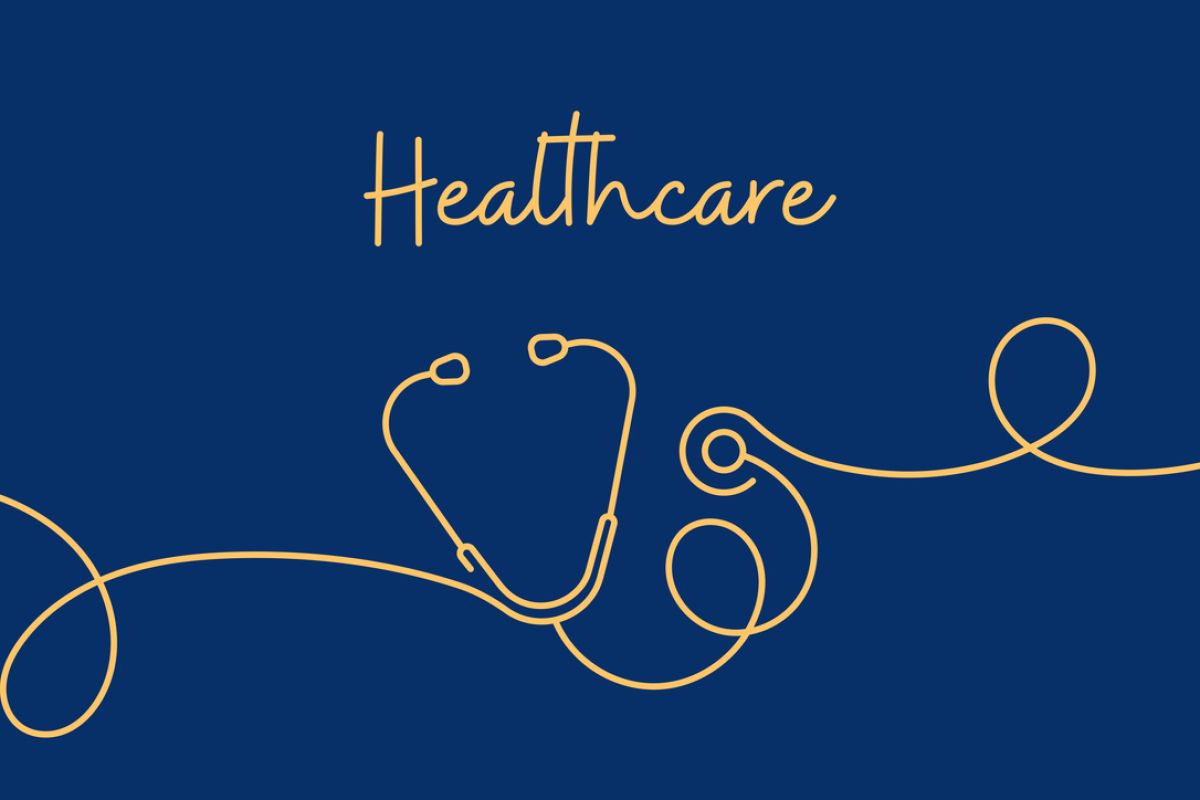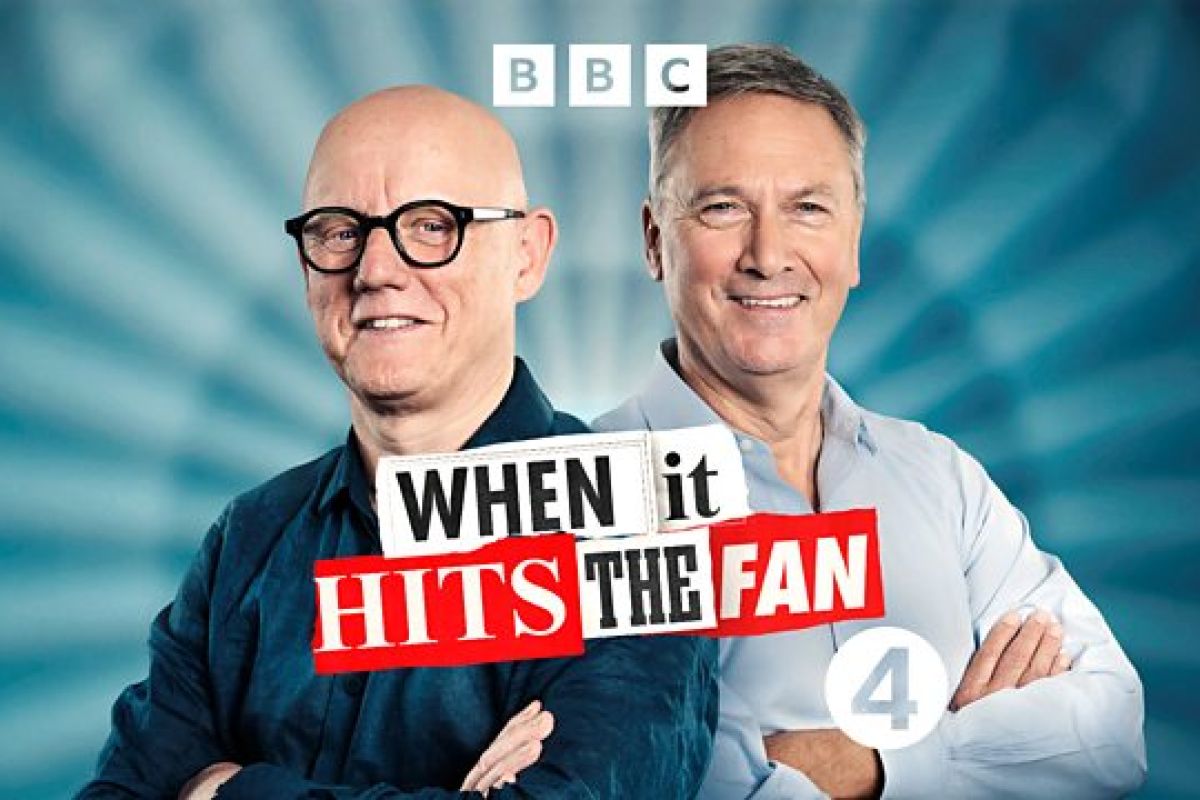OH Myths and why they exist

The best work is invisible. Prevention rarely gets airtime. Training pathways are inconsistent. And many people only interact with OH when something has already gone wrong.
So the myths stick around. Here are some that still surface – and where we see things shifting.
Occupational Health myths: what still gets misunderstood
We speak to leaders, clinicians and in-house teams every day. Most know where the pressure points are. But some ideas still show up – in interviews, in contracts, in service design.
It’s not because people are careless or being unkind. But because OH is often misunderstood. The best work is invisible. Prevention rarely gets airtime. Training pathways are inconsistent. And many people only interact with OH when something has already gone wrong.
So the myths stick around. Here are some that still surface – and where we see things shifting.
‘OH is mostly about fit notes and reports’
If you only see OH when someone is already off sick, it’s easy to think it’s mostly reports and returns. But most OH teams do far more.
Early support. Advice on adjustments. Manager guidance. Pattern spotting. Helping prevent a small issue becoming a long absence. The reports matter, of course. But they’re one part of a much wider service.
‘It’s a desk job for nurses who want to slow down’
It can be calmer than acute care, yes. But it’s not static. OH professionals run clinics, visit worksites, assess practical risk, train managers and advise on policy. The pace may be different. The complexity is not.
We hear from many clinicians who find the work more varied, more rewarding and more sustainable than they expected.
‘Any clinician can pick it up quickly’
Clinical experience is essential. But OH has its own context – legal, workplace, operational. Understanding how to translate clinical insight into reasonable, actionable advice takes time. The strongest providers invest in structured training and good supervision so that newer clinicians can build confidence in that space.
‘It’s expensive and hard to measure’
It depends on what you’re measuring. We’ve seen good OH delivery lead to earlier returns, stronger retention, lower grievance and clearer decisions. Less rework. Fewer escalations. Better conversations.
It’s easy to underestimate the ripple effect of consistent advice, trusted people and calm governance.
‘We’ve got a provider, so we’re covered’
A contract is a good start. But it’s not the whole picture.
We’ve seen services transform simply by clarifying referral thresholds, aligning data with operations or improving how outcomes are communicated.
You don’t always need a major overhaul. Often it’s a few well-placed changes that shift the experience.
What we see in services that run smoothly:
- Referral processes that make sense to managers.
- Reports written in plain, useful language.
- Clinical time protected.
- Adjustments followed up.
- Data used for learning, not just reporting.
- Good communication between OH, HR, H&S and leadership.
- Team structures that allow space to think, not just deliver.
It’s not perfect everywhere (that’s the nature of work), but these are the signals we look for when clients ask what ‘good’ looks like.
Quiet questions for leaders and providers
We’re not here to prescribe and we don’t pretend to be OH specialists. But we talk to OH specialists across the country on a daily basis and this is what we have learned to ask:
- Do your managers know when to refer?
- Are reports being used, not just filed?
- Do your clinicians have time to think?
- Are prevention and early action part of the brief?
- Are outcomes being heard at board level?
You don’t need to answer yes to all of these. But if a few feel uncertain, it might be worth a conversation.
For providers and employers alike
Every service is different. Every organisation has its own history, pressure and pace. But when myths shape perception, they can quietly limit the impact of good work.
And if you’re investing in Occupational Health – as most of our clients are, especially going into the next year – it’s worth protecting the value it can bring.
If any of this feels familiar and you’d like a second pair of eyes on your brief or your team structure, we’re here – no sales pitch, just an exchange of best practices.
Where to Next?
More Articles
Right people, right roles, always
Whether you’re hiring or job hunting, we make your search straightforward, effective and discreet.



